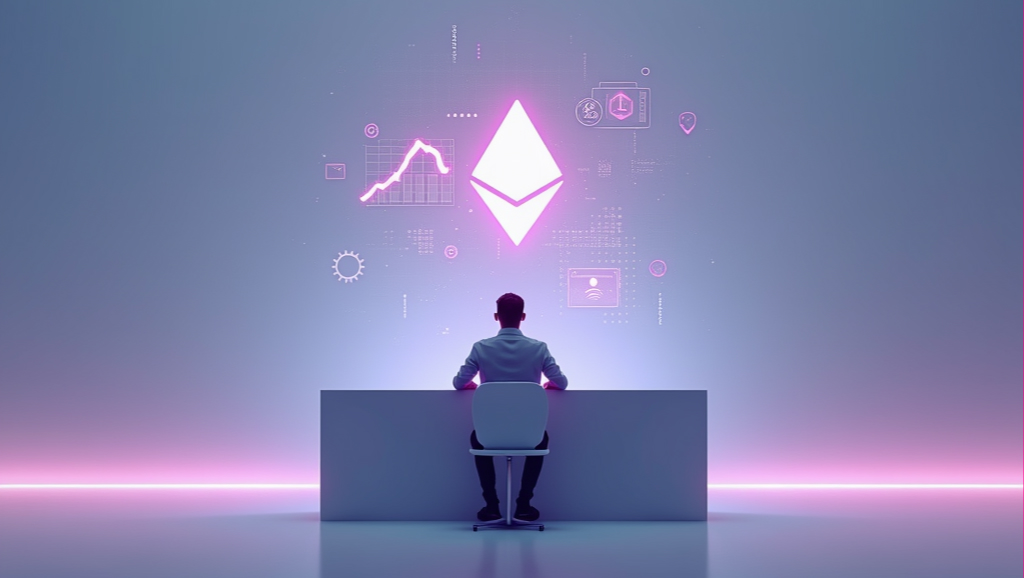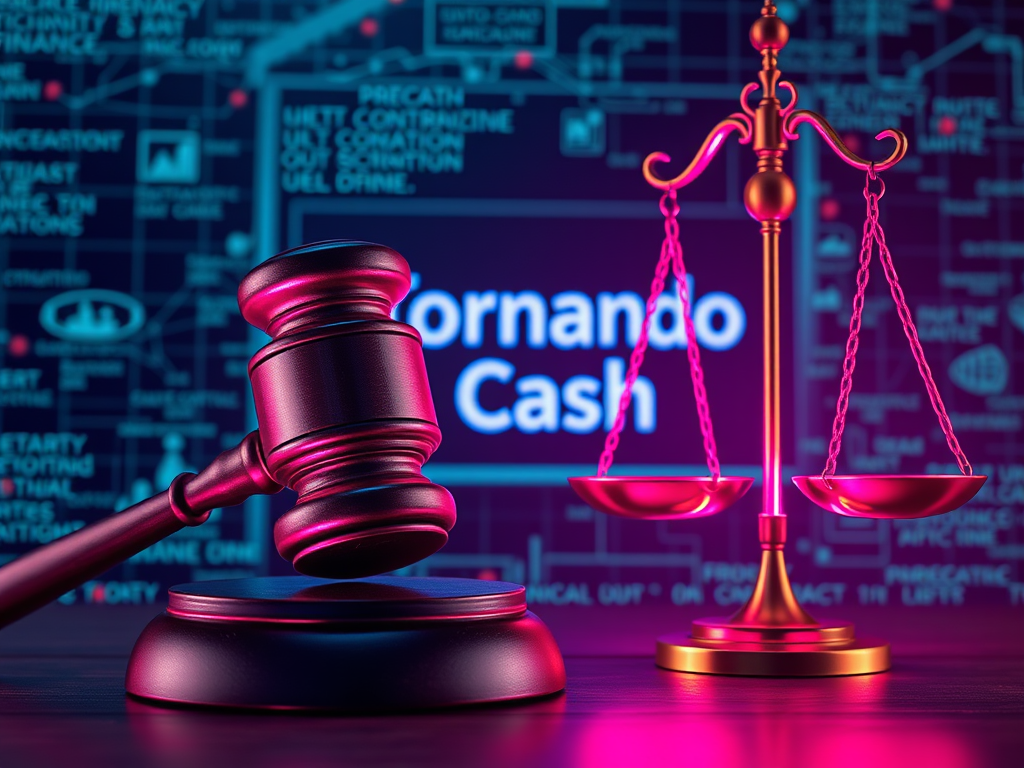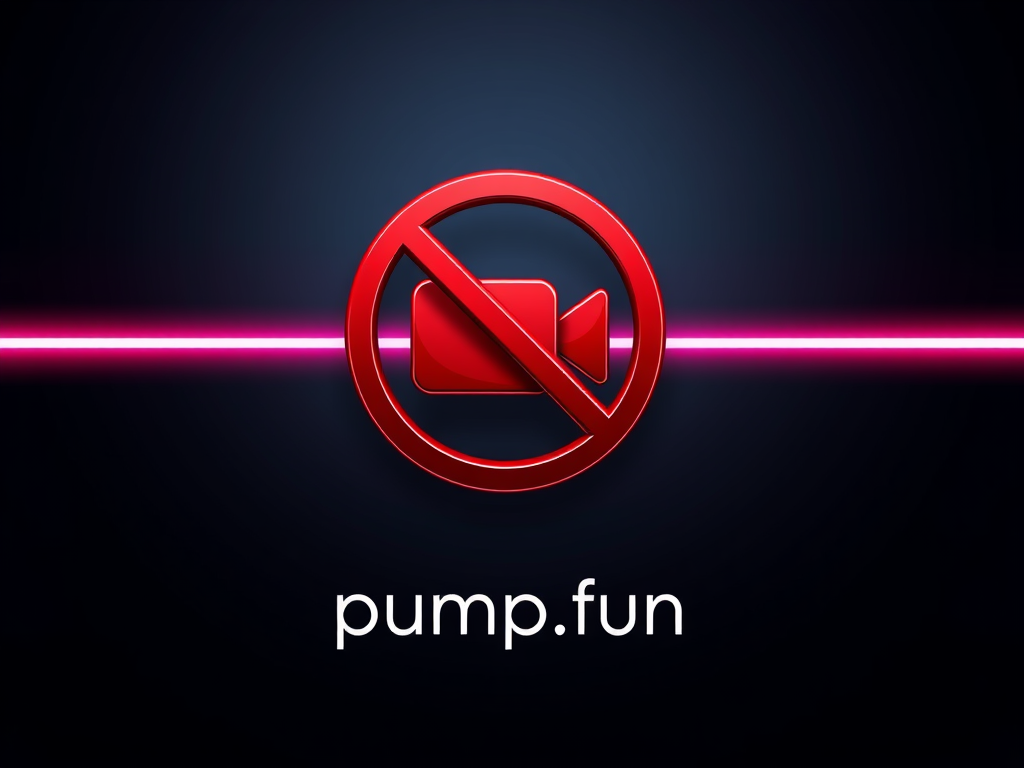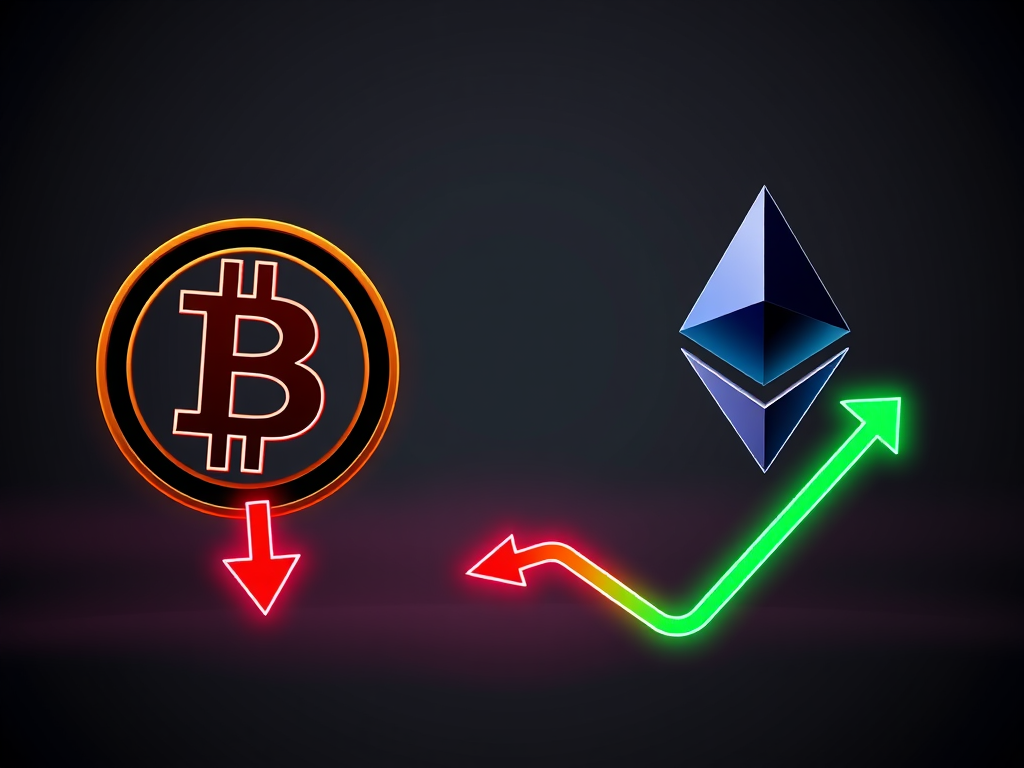The world of finance is undergoing a radical transformation driven by a new paradigm known as Decentralized Finance, or DeFi. This innovative approach to financial services is challenging traditional systems and offering solutions to longstanding problems in the financial sector. If you’ve heard the term DeFi but found yourself overwhelmed by the technical jargon, you’re in the right place. This article aims to demystify DeFi and explore its potential impact on the future of finance.
The Genesis of DeFi: A Financial Revolution
At its core, Decentralized Finance refers to a system of financial applications built on blockchain technology. While Ethereum remains a dominant force in DeFi, other blockchains like Binance Smart Chain, Solana, and Avalanche have developed robust DeFi ecosystems, offering lower transaction fees and faster processing times. Unlike traditional financial systems that rely on centralized intermediaries like banks, brokers, and exchanges, DeFi aims to create an open, permissionless, and transparent financial ecosystem.
The fundamental principle behind DeFi is disintermediation – removing middlemen from financial transactions and services. This is achieved through smart contracts, self-executing agreements with the contract terms directly written into code. These smart contracts automatically enforce and execute the rules and regulations of financial transactions, eliminating the need for intermediaries.
DeFi introduces several revolutionary features that set it apart. The permissionless nature of DeFi aims to allow anyone with an internet connection to access these services. However, it’s important to note that high transaction fees on certain blockchains and the need for technical knowledge can still pose barriers for some users.
Transparency is another cornerstone of DeFi. While all transactions and smart contract code are publicly visible on the blockchain, promoting trust, this transparency does not eliminate the potential for fraud and exploits, as evidenced by numerous incidents in the DeFi space. Despite this visibility, vulnerabilities and exploits remain common, highlighting the ongoing security challenges in the DeFi ecosystem.
The Building Blocks: Understanding DeFi’s Foundation
To truly grasp the potential of DeFi, it’s essential to understand its fundamental components. At the base of the DeFi ecosystem is blockchain technology, which provides a secure, transparent, and immutable ledger for all transactions. Built on top of this are smart contracts, the programmable agreements that form the backbone of DeFi applications.
Cryptocurrencies play a crucial role in the DeFi ecosystem. While Bitcoin paved the way for decentralized digital currency, Ethereum’s programmability opened up a world of possibilities for decentralized applications (DApps) that offer various financial services.
These DApps form the user-facing layer of the DeFi ecosystem, providing interfaces for users to interact with the underlying smart contracts. From decentralized exchanges to lending platforms, these DApps offer a wide range of financial services that were previously the domain of traditional financial institutions.
DeFi in Action: Popular Applications and Use Cases
The DeFi ecosystem offers a diverse range of financial services, each leveraging the unique properties of blockchain technology to provide innovative solutions. Let’s explore some of the most popular applications:
Decentralized Exchanges (DEXs) have revolutionized the way we trade cryptocurrencies. Unlike centralized exchanges, DEXs allow users to trade directly with each other without the need for an intermediary. This peer-to-peer model enhances security by removing the risk of exchange hacks and gives users greater control over their assets.
Lending and borrowing platforms have emerged as one of the most popular use cases in DeFi. These platforms allow users to lend their crypto assets to earn interest or borrow assets by providing collateral, all without the involvement of traditional banks. The interest rates are typically more favorable than those offered by conventional financial institutions, and the process is often faster and more accessible.
Stablecoins are another crucial component of the DeFi ecosystem. They are designed to maintain a stable value, often pegged to a fiat currency like the US dollar. However, they come with risks, such as regulatory scrutiny and the need for robust collateral management. Recent regulatory developments, like the EU’s Markets in Crypto Assets (MiCA) regulation, highlight the increasing oversight of stablecoins.
Yield farming, known as liquidity mining, is widespread in DeFi but is highly risky and complex, often leading to significant financial losses for inexperienced users. While it can offer high returns, it’s important to note that it also comes with substantial risks, such as impermanent loss, high volatility, and potential scams or rug pulls.
Synthetic assets and decentralized insurance are pushing the boundaries of what’s possible in DeFi. Synthetic assets are tokenized derivatives that expose real-world assets like stocks, commodities, or currencies. At the same time, decentralized insurance protocols offer coverage against smart contract failures, hacks, or other risks in the DeFi space.
The Potential Impact: Reshaping the Financial Landscape
The rise of DeFi has the potential to reshape the financial landscape in several profound ways. By removing barriers to entry, DeFi can provide financial services to millions of unbanked individuals worldwide, promoting financial inclusion on an unprecedented scale.
DeFi offers substantial efficiency gains and cost reductions. By automating processes through smart contracts, DeFi can significantly reduce operational costs and increase efficiency in financial transactions. This could lead to more competitive financial products and services, benefiting consumers across the board.
Innovation in financial products is another area where DeFi shines. The programmable nature of DeFi allows for the creation of novel financial instruments and services that weren’t possible in traditional finance. This could lead to more tailored financial products that better meet the needs of individuals and businesses.
Navigating the Challenges: Understanding the Risks of DeFi
While DeFi offers exciting possibilities, it’s crucial to understand the associated risks and challenges. Smart contract vulnerabilities remain a significant concern in the DeFi space. As we’ve seen in several high-profile incidents, bugs or errors in smart contract code can lead to substantial financial losses.
Regulatory uncertainty presents another challenge for DeFi. The rapidly evolving nature of this technology presents challenges for regulators worldwide, leading to potential legal risks for developers and users of DeFi protocols.
Scalability issues also pose a significant challenge. As DeFi grows, blockchain networks may face congestion and high transaction fees, hindering widespread adoption. Solutions like layer 2 scaling and more efficient consensus mechanisms are being developed to address these issues, but they remain a work in progress.
Another factor to consider is cryptocurrencies’ volatility. Their value can be highly volatile, which can affect the stability of DeFi protocols. While stablecoins partially solve this problem, they come with risks and challenges.
Lastly, the complexity of DeFi can be a significant barrier for non-technical users. Improving user experience and providing better educational resources will be crucial for DeFi to achieve mainstream adoption.
Embarking on Your DeFi Journey: Getting Started
If you’re intrigued by the potential of DeFi and want to explore further, here are some steps to get started:
- Education is key. Continue learning about blockchain technology, cryptocurrencies, and specific DeFi protocols. Understanding the underlying technology and principles will help you make informed decisions.
- Set up a non-custodial cryptocurrency wallet. This will be your gateway to interacting with DeFi applications. Popular options include MetaMask for desktop and mobile use.
- Acquire some cryptocurrency. You’ll need a small amount of cryptocurrency like Ethereum to use in DeFi applications. Start with a small amount that you’re comfortable potentially losing.
- Explore DeFi platforms. Start with well-established platforms and gradually explore the ecosystem. Uniswap, Aave, and Compound are some popular starting points.
- Stay informed. Keep up with the latest developments in the DeFi space through reputable news sources and community forums. The DeFi landscape evolves rapidly, and staying informed is crucial.
- Practice caution. Always do your own research before committing funds to any DeFi protocol. Start with small amounts and never invest more than you can afford to lose.
Conclusion: The Future of Finance?
Decentralized Finance represents a significant shift in how we think about and interact with financial services. By leveraging blockchain technology and smart contracts, DeFi has the potential to create a more inclusive, efficient, and innovative financial system. It promises to democratize finance, offering accessible financial services to anyone with an internet connection.
However, it’s essential to approach this new frontier with both excitement and caution. As the DeFi ecosystem evolves, it will likely face numerous challenges, from technical hurdles to regulatory scrutiny. The volatility and complexity inherent in this space mean that while the potential rewards are high, so are the risks.
Most experts believe that DeFi is more likely to coexist with traditional financial systems rather than fully replace them, at least in the foreseeable future. Many traditional finance institutions are already exploring integrations with DeFi to offer innovative financial products and services, suggesting a future where DeFi and traditional finance complement each other.
The journey of DeFi is just beginning, and its full impact is yet to be realized. As this technology matures and overcomes its current challenges, it has the potential to bring about meaningful change in the global financial landscape. For those willing to learn and adapt, DeFi offers a glimpse into a future where finance is more open, transparent, and accessible to all while still acknowledging the critical role that traditional financial systems will continue to play.














